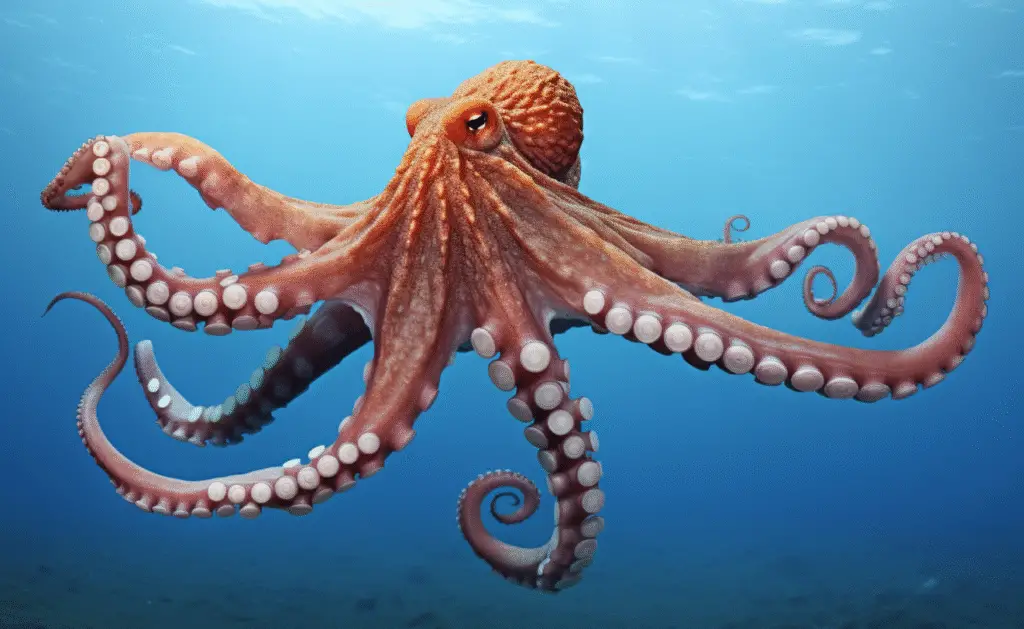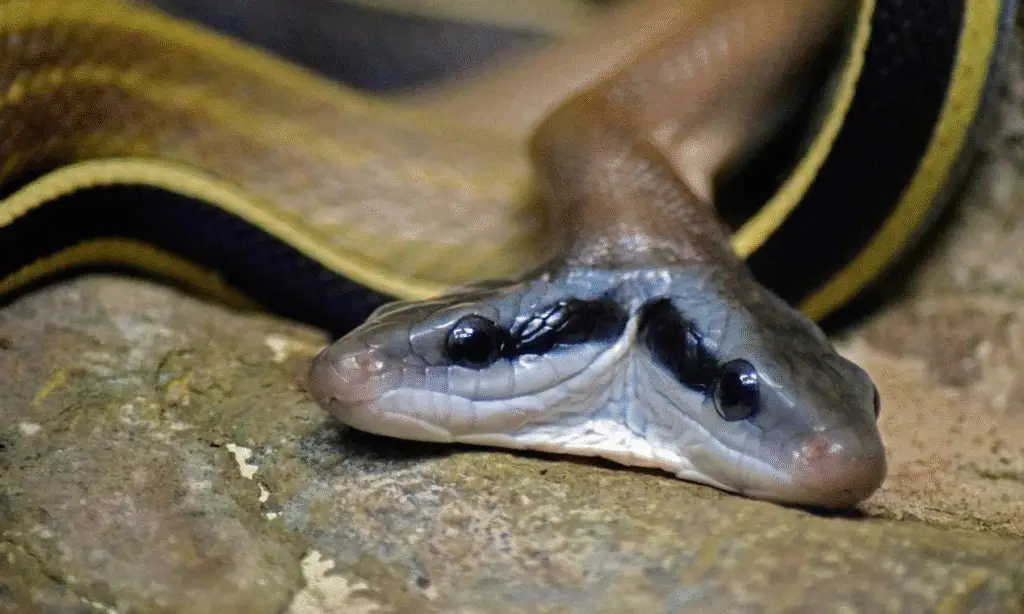New Research Shows Parrots can Express Emotions and Needs to Humans

Imagine a parrot telling you it’s craving a banana, rejecting the apple you offered instead, or even signaling it’s feeling lonely—all by tapping a tablet.
Sounds like a Pixar plotline, right? But groundbreaking new research from The Open University (OU) reveals this isn’t science fiction.
Parrots, it turns out, are using digital “speech boards” to communicate their needs and emotions with humans, and the implications are huge.
“Bird-Brained” Just Got a Tech Upgrade
Let’s start with Ellie, the real MVP of this story. Ellie, a Goffin’s cockatoo, isn’t your average bird.
She’s part of a years-long study showing parrots can use touchscreen tablets to make intentional choices—think of it as avian texting.
Using her beak, Ellie navigates menus and submenus on a speech board, selecting icons for everything from snacks to abstract feelings.
When researchers gave her the wrong item, she’d double-tap the screen like a frustrated Uber Eats customer.
“She’d persistently correct us,” says Professor Clara Mancini, co-author of the study. “It wasn’t random. She knew what she wanted”.
This isn’t just about snack requests. Ellie used the board to initiate interactions, express joy or frustration, and even locate hidden treats.
“She’d search for displaced food icons,” Mancini adds, “like a toddler playing hide-and-seek with an iPad”.
From Florida to the Future: How Parrots Are Rewriting the Script
The study, a collaboration between OU and Florida’s Parrot Kindergarten, builds on years of work teaching parrots to communicate via touchscreens.
Jennifer Cunha, co-founder of Parrot Kindergarten, calls Ellie’s abilities a game-changer.
“This isn’t mimicry. It’s intentional communication,” she says. “Imagine if every parrot could ‘speak’ this way. It’d revolutionize how we care for them”.
And the tech isn’t some clunky prototype. The speech boards are designed with parrots in mind: big, colorful icons and intuitive menus.
“We prioritized their needs,” Mancini explains. “If the interface isn’t bird-friendly, it’s pointless”. Think of it like designing a smartphone for toddlers—minus the tantrums (mostly).
“They’re Not Just Mimicking—They’re Talking”
Here’s where it gets wild: Parrots might be closer to humans in brain structure than we thought.
Separate studies on budgerigars (those tiny, chatty parakeets) reveal their brains have a “vocal keyboard” similar to human speech centers.
Neurons fire in patterns that control pitch and tone, almost like a biological synthesizer.
So when Ellie taps “happy,” it’s not just a button press—it’s backed by neural machinery eerily like ours.
But let’s not get ahead of ourselves. Does Ellie understand “happy” the way we do? Researchers are cautious.
“Words may not have complex meanings for them,” says Tim Wright, a parrot vocalization expert.
“But they’re masters of context”. For example, a parrot might learn “hello” gets your attention when you walk in—not because it cares about your day, but because it’s learned the sound works.
Still, with training, some parrots like the famous African Grey Alex could label 50+ objects and grasp concepts like “bigger” or “different”.
Why This Matters Beyond “Cute Bird Tricks”
The big picture? Agency. Corinne Renguette, a Purdue University tech innovation professor, argues speech boards could let animals “steer their own lives” in captivity.
Imagine a parrot choosing its toys, signaling stress, or even saying, “Back off, I need space.” For species often stuck in suboptimal care, this tech could be life-changing.
But there’s a catch: designing for animals means ditching human assumptions.
“You can’t just slap a human app on a tablet and call it a day,” Mancini laughs.
Parrots see colors differently, prefer tactile feedback, and need icons that reflect their priorities (read: fewer spreadsheets, more millet).
The Road Ahead: Parrot Pixels and Ethical Debates
Future studies will explore how speech boards can deepen our understanding of parrot cognition.
Could they reveal problem-solving skills? Emotional depth? The team also wants to adapt the tech for other species, from apes to dolphins.
“This is just the start,” Cunha says. “We’re decoding a whole new language”.
Of course, not everyone’s thrilled. Critics warn about anthropomorphism—projecting human traits onto animals.
But as Pepperberg, famed for her work with Alex the parrot, once noted: “If a bird asks for a nut and gets it, that’s not projection. That’s communication”.
So next time someone calls you “bird-brained,” take it as a compliment.
These feathery geniuses are out here texting, problem-solving, and maybe even gossiping about us. And honestly? We’re here for it.
































